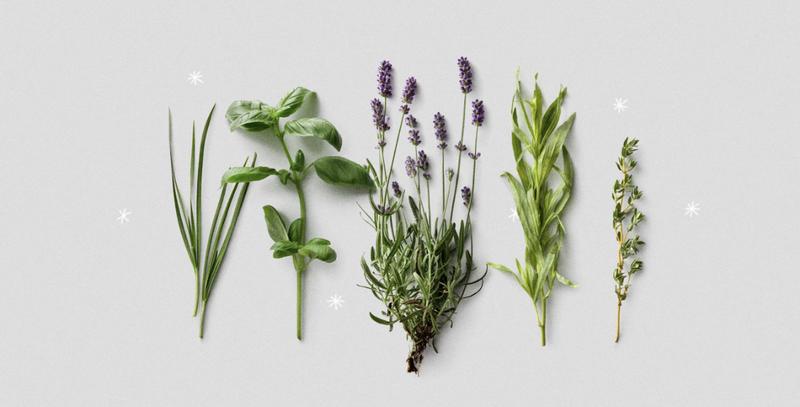Winter Herbal Magic: Utilizing Seasonal Plants in Your Craft
Winter Herbal Magic: Utilizing Seasonal Plants in Your Craft
Winter is a season of quiet strength and hidden vitality, and despite the dormant appearance of the natural world, it offers a wealth of botanical allies for practitioners of witchcraft. Utilizing seasonal plants in winter herbal magic allows witches to tap into the unique energies and properties of these resilient botanicals, infusing their craft with the potent magic of the season.
Embracing Winter's Botanical Companions
- Juniper (Juniperus communis):
Known for its evergreen foliage and bluish-purple berries, juniper holds a revered place in winter herbal magic. Its cleansing and protective properties make it ideal for purifying spaces, warding off negativity, and enhancing psychic awareness. - Pine (Pinus spp.):
The aromatic needles and resin of pine trees are synonymous with the winter season. Pine is associated with purification, rejuvenation, and resilience. Its branches and resin can be used in rituals for healing, grounding, and inviting prosperity. - Cedar (Cedrus spp.):
Cedar's evergreen boughs and rich, woody scent make it a cherished ally in winter herbal magic. It is revered for its protective qualities, and its branches, cones, and essential oil are used in rituals for spiritual purification and strength. - Rosemary (Rosmarinus officinalis):
Although often associated with warmer months, rosemary is a hardy herb that thrives in winter. Its fragrant leaves are linked to memory, clarity, and protection. In witchcraft, rosemary is used for cleansing, enhancing mental acuity, and bringing clarity to intentions. - Mugwort (Artemisia vulgaris):
Mugwort, with its silvery-green leaves, is a versatile herb with deep ties to divination and dreamwork. It is revered for its ability to enhance psychic abilities, promote lucid dreaming, and offer protection during astral travel and ritual work. - Holly (Ilex aquifolium):
Adorned with bright red berries and spiky leaves, holly is strongly associated with protection, good fortune, and the sacredness of the winter season. It is often utilized in spells for warding off negativity, promoting good luck, and connecting with the spirit realm.
Implementing Herbal Magic in Your Practice
Ritual Bath:
Create a purifying ritual bath using juniper berries, pine needles, and rosemary. Infuse the water with these botanicals, visualizing the release of negative energy and the renewal of your spirit.
Anointing Oil:
Craft an anointing oil using cedarwood essential oil and dried mugwort. Use this oil to anoint candles, tools, or yourself before engaging in divination or meditation, inviting protection and clarity.
Sacred Space Cleansing:
Bundle together pine branches, cedar boughs, and holly leaves to create a cleansing smudge stick. Use this bundle to purify your sacred space, dispelling stagnant energy and inviting the vitality of the winter season.
Embracing Winter's Botanical Wisdom
By utilizing the seasonal plants that grow abundantly in winter, practitioners of witchcraft can tap into the unique energies and properties of these botanical allies. Whether through ritual baths, anointing oils, or sacred space cleansing, the incorporation of winter herbs allows witches to infuse their craft with the potent magic of the season, fostering renewal, protection, and spiritual growth.
Winter is indeed a season of quiet magic and potential, and these seasonal plants are perfect for tapping into that energy. In a similar vein, a offers a controlled environment where you can grow a variety of herbs year-round, optimizing their vibrant flavors and properties. Whether you're cultivating rosemary for its clarity and protection or mugwort for its psychic potential, a hydroponic system provides a sustainable and efficient way to integrate these plants into your craft.
